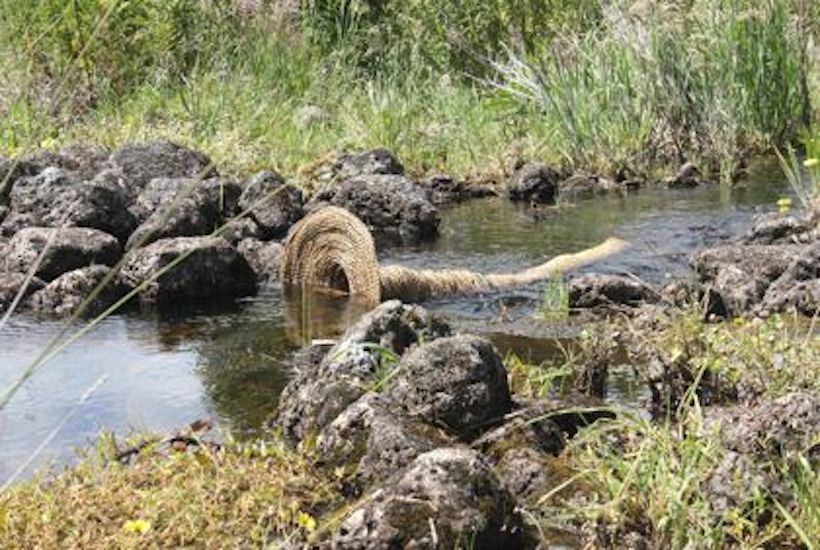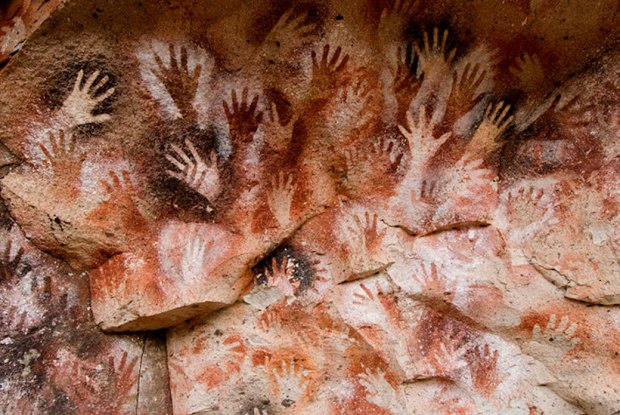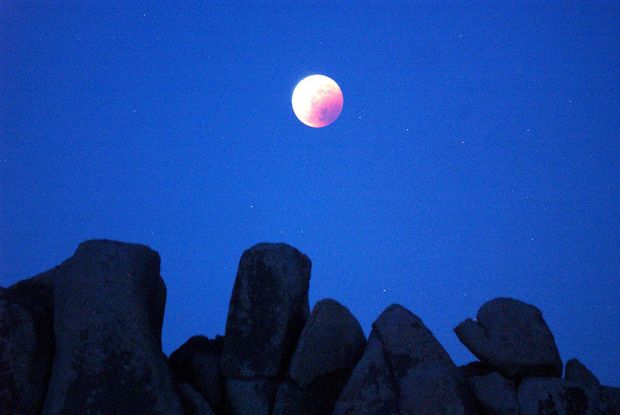The fourth in a series of articles examining Dark Emu-style claims.
These days we hear a lot about what a sophisticated society the pre-colonial Aboriginal people enjoyed and how, in many fields, they are the world’s first practitioners. This meme is part of a wider narrative that Bruce Pascoe borrows from in his book Dark Emu.
I wonder if they appreciate the irony that these claims of Aboriginal exceptionalism are quite demeaning to Aboriginal people in that they are so deeply patronising. Over the last week or so, I have been presenting a series of short articles, extracted from my book Bitter Harvest, which examine some of these claims.
So far we have looked at Aboriginal astronomy, mathematics, and science. Today we take a look at Aboriginal engineering.
Aboriginal achievement has two main claims to fame in this field – the Brewarrina fish traps and the Lake Condah eel traps. I will be concentrating on the latter, now known as Budj Bim, which has been accepted as a World Heritage site.
Here is how it is described in the World Engineers Conference website:
One of the finest examples of ancient aquaculture and hydraulic engineering is right in Australia’s backyard.
After a decades-long campaign by the Gunditjmara people, the Budj Bim eel traps have become the first Australian UNESCO World Heritage site to be listed exclusively for its Aboriginal cultural values.
The eel traps at Budj Bim comprise a vast network of weirs, dams and stone canals to manipulate water levels in various lake basins. Some of the channels are hundreds of metres long and were dug out of basalt lava flow.
These structures force eels and other aquatic life into traps as water levels rise and fall. The canals also appear to have been used to create holding ponds to keep eels fresh until they were needed for food. Not only did this provide the region’s Gunditjmara people with a year-round food supply, it was also important for trade.
The site also features the remnants of almost 300 stone houses – the only remaining permanent settlement built by an Indigenous community in Australia.
Located in southwest Victoria, Budj Bim has been carbon dated to 6600 years old, meaning it predates more internationally well-known examples of ancient engineering like the Egyptian pyramids or Stonehenge.
It seems to me, however, that rather than being engineered from scratch as a complex system, Budj Bim more likely evolved over time from more basic structures, as did the Brewarrina fish traps. This is acknowledged by Professor Ian McNiven who oversaw excavations at the site and masterminded the support case for World Heritage listing.
McNiven is, nonetheless, a champion of the notion that Lake Condah represents a sophisticated engineering achievement. Given that archaeology is essentially a subjective science in which conjecture and supposition are major elements, it is as well to remember that this McNiven is the archaeologist who invented the Mount Elephant megalith conspiracy and also contends that:
Archaeologists and prehistorians constructed the archaeological record to scientifically vindicate the colonialist notions of savagery and staged progressivism to leave little doubt that Indigenous peoples … represented primordial man … [and that archaeology] has little to do with the rigours of science and all to do with a colonial ideology and a … public that wishes to find scientific support to legitimize colonial dispossession of Aboriginal lands and to delegitimize contemporary Aboriginal claims to Native Title rights.
McNiven clearly has a political agenda. Can he be trusted to scrupulously avoid the partisan motives he, so casually, ascribes to other members of his profession? Is there not a possibility that noble-cause corruption might play some role in his own conjectures and interpretations in order to balance the ledger? Here he is quoted in The Australian in 2019:
Even some of the historians who contest the details of Dark Emu doff their hat to its author’s breakaway success. ‘It’s a positive message that a lot of people want to hear, and Bruce is an Aboriginal man telling it,’ says Ian McNiven, professor of indigenous archaeology at Monash University. ‘He’s an extraordinary looking man, he’s a great orator and a great writer … if you can turn a book like this into a bestseller in air-port bookshops, more power to you.’
Be that as it may, Lake Condah is a noteworthy collection of infrastructure and may have been capable of supporting a more or less sedentary population. But did it? As far as I can see, no explorer or settler reported a significant population even though noticing the traps.
Dr Keryn Walshe, in Chapter 13 of Farmers or Hunter/Gatherers? The Dark Emu Debate, comprehensively debunks the claims of a large permanently settled community, the construction of stone houses and the smoking of eels. Or rather she calls out the specious reasoning and shoddy research of the archaeologist, Dr Heather Builth, whose work established those claims.
As to the scale of the work eg, the claim that ‘channels hundreds of metres long were dug out of the basalt lave flow’, Dr Anne Clark, following a comprehensive three-month survey of the site in the late 1990s, believed that many of the channels, previously thought to have been dug, were actually natural watercourses that had been augmented by Aboriginal activity. She observed:
The issues under discussion are whether circular cultural and natural landscape features have been confused by past surveys and the extent to which this apparent profusion of cultural features has become an integral part of the interpretation of the regional prehistory … None of this criticism precludes the cultural use of natural features, nor does it suggest that stone circle construction was not a major cultural activity within the stony rises. The argument is about scale and what the impact of misreading that scale has had on the process of archaeological interpretation in this landscape. It is important to be aware of the potential problems in these volcanic landscapes to start a research process which will help to define criteria for sorting out cultural from natural features.
As to the claim that, because it predates the Pyramids and Stonehenge, the Lake Condah complex confers some sort of engineering kudos on ancient Aborigines, this is a ludicrous proposition. While it might be said to have served a loftier human purpose than, say, the Pyramids, from an engineering perspective the two are chalk and cheese. You might just as well say, ‘Wow, the Aborigines perfected the boomerang 10,000 years before the Wright brothers took to the air.’ In fact, they have said something along those lines, apparently blissfully unaware that boomerangs have been found all over the world.
If there is a cause for astonishment regarding the Lake Condah eel traps it is not their antiquity or sophistication that comes to mind but the fact that, after all this time, they still represent the acme of Aboriginal engineering accomplishment.
Got something to add? Join the discussion and comment below.
Get 10 issues for just $10
Subscribe to The Spectator Australia today for the next 10 magazine issues, plus full online access, for just $10.


























Comments
Don't miss out
Join the conversation with other Spectator Australia readers. Subscribe to leave a comment.
SUBSCRIBEAlready a subscriber? Log in